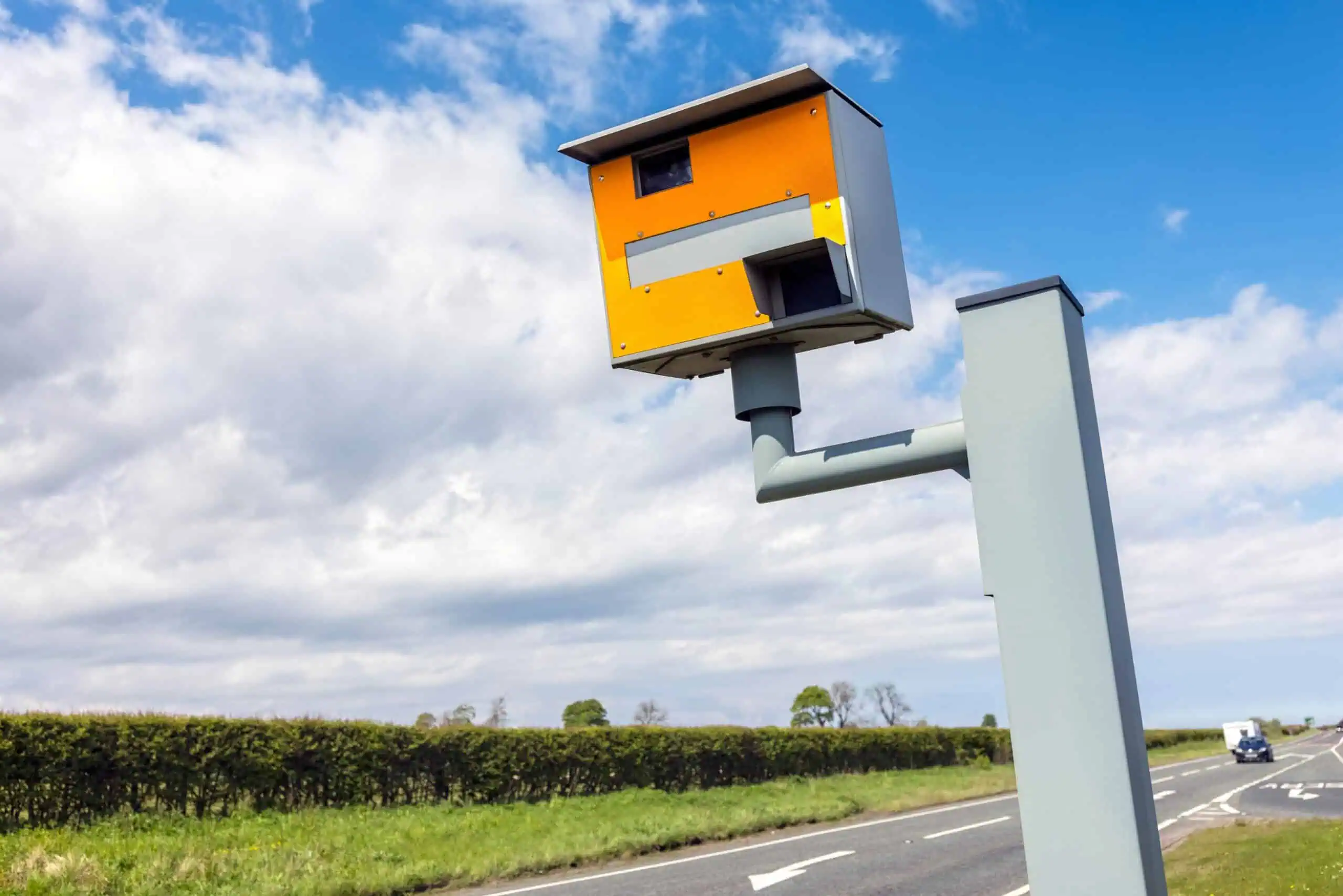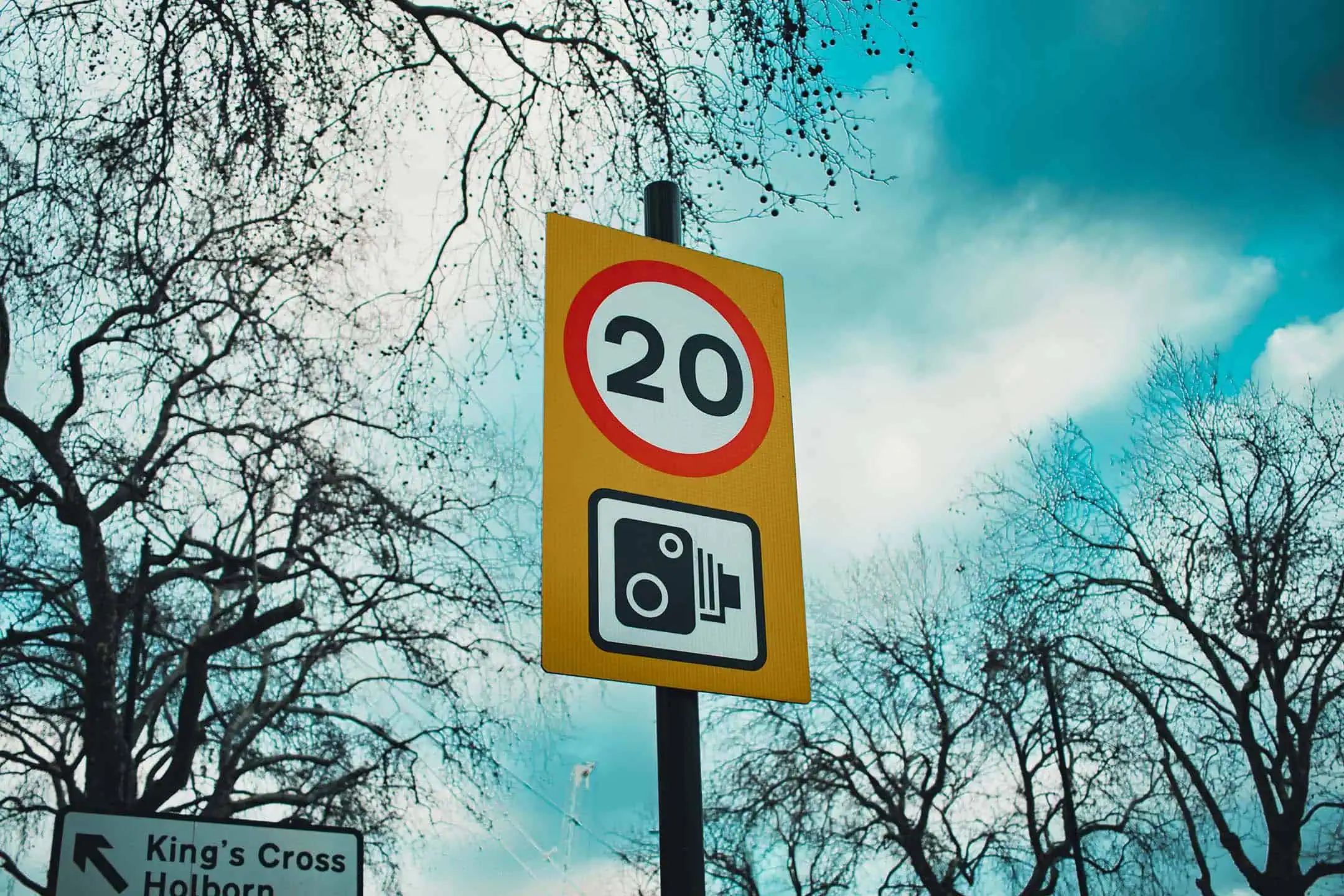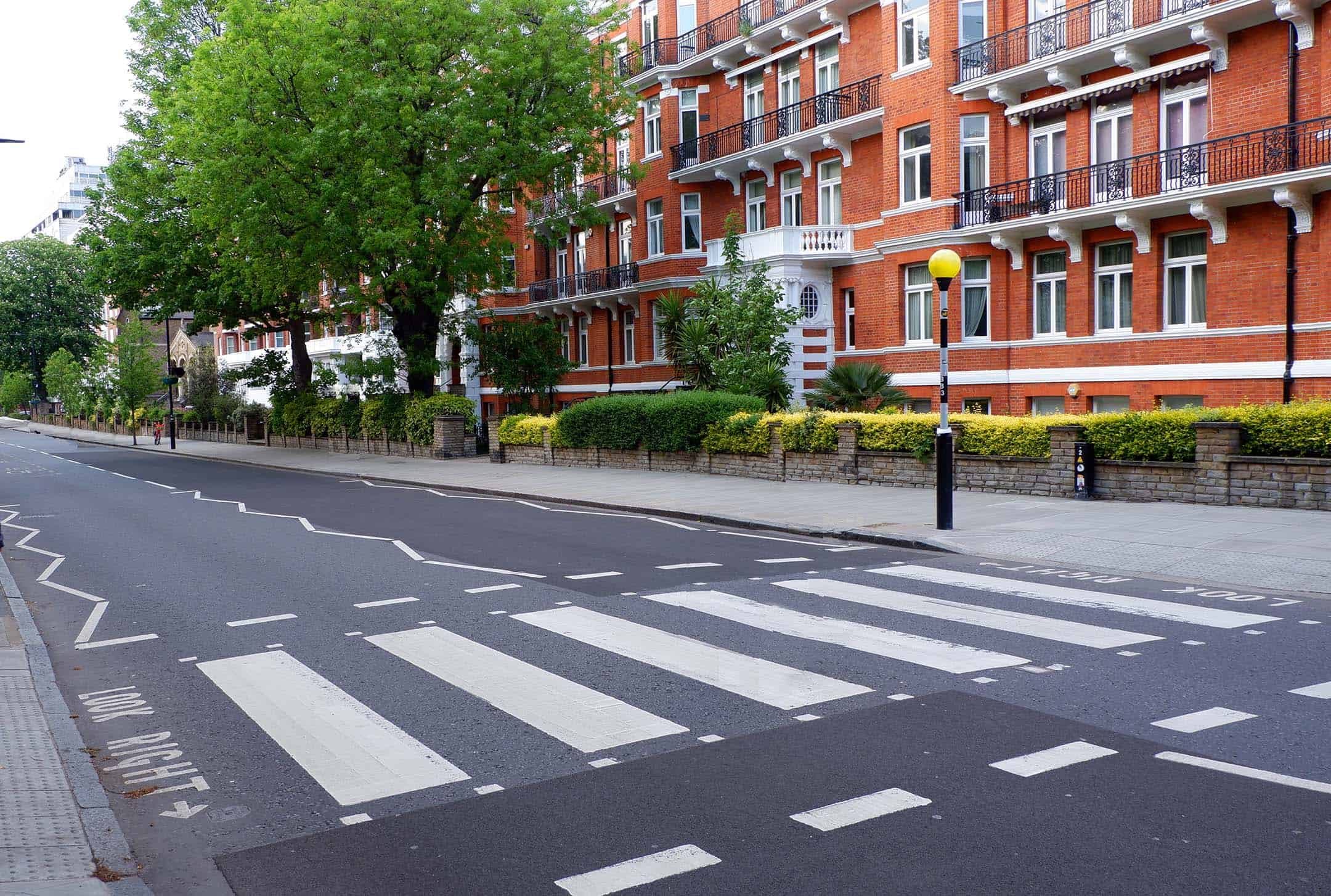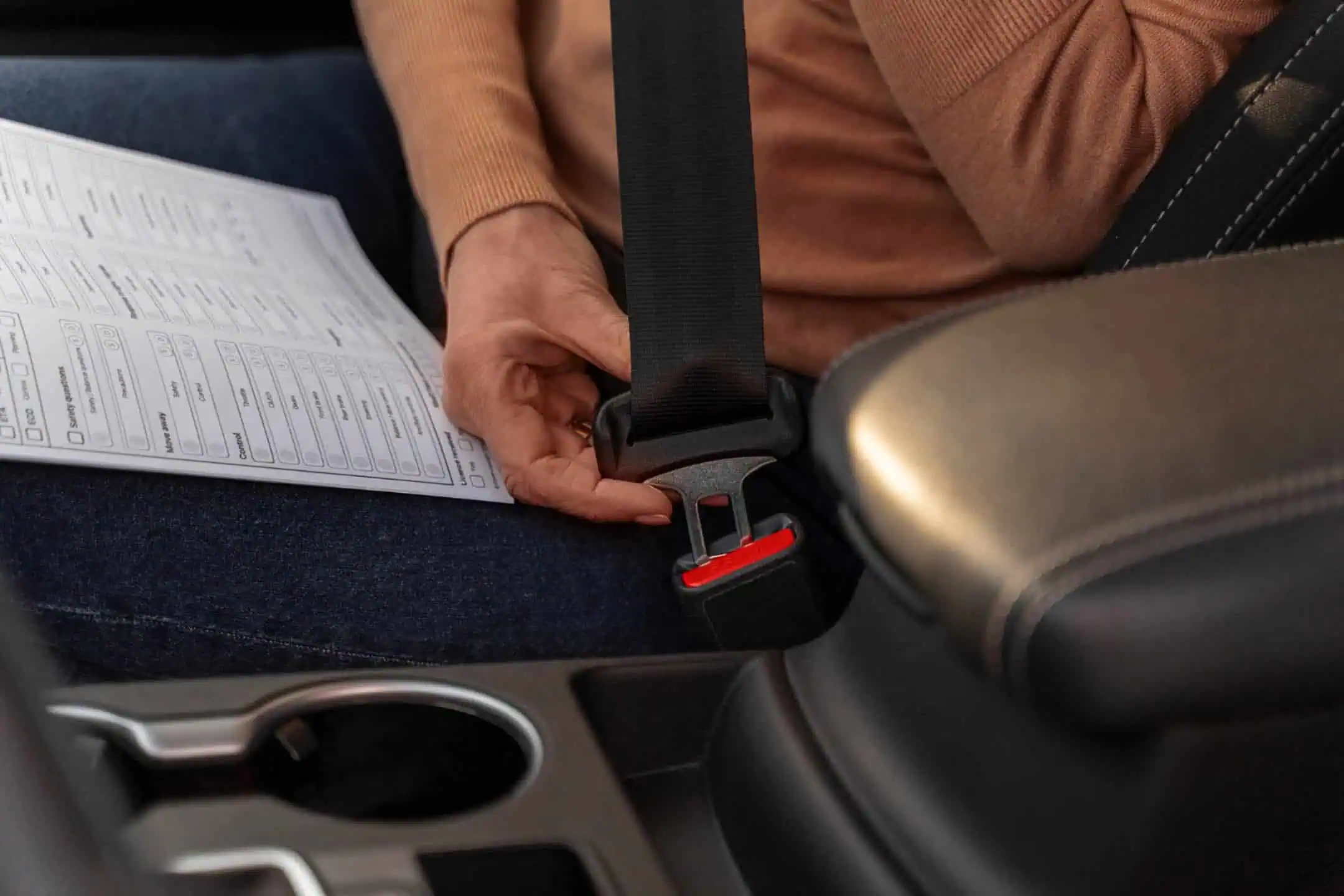Fixed Penalty Notices

Docs
Servicing
Essentials
Penalties
Running Menu
Fixed penalty notices are issued for motoring offences, including speeding, driving while using a handheld phone or driving without insurance.
FPNs mean penalty points on your licence
Fixed Penalty Notices (FPNs) are one of the most common fines in the UK.
Speeding fine? That’s an FPN. Texting while driving? Also, an FPN!
Unfortunately, it’s not just a financial penalty you’ll have to pay. You can end up with points on your licence, which can cost you a fortune in increased insurance premiums – especially as a young driver.
We’re going to run through exactly what an FPN is, and for what you can get one.
What is a Fixed Penalty Notice (FPN)
There are two types of Fixed Penalty Notices:
- Endorsable – you receive a fine and penalty points on your driving licence.
- Non-endorsable – is a fine only.
The Fixed Penalty Notice is usually issued as an on the spot by the Police for a traffic violation.
Ideally, you want non-endorsable (well, you want neither!) Penalty points are often worse than the monetary fine, as it will cost you a lot of money on your insurance premium.
Unfortunately though, in most cases, you’ll receive a fine and an ‘endorsement’ on your driving record with penalty points.
You can also receive an FPN via the post, for instance, if caught on camera for speeding or a red light offence.
Penalty points will stay on your license for four years, and remain ‘active’ for three years. Meaning you shouldn’t be penalised on your insurance premium after 3 years.
While serious, an FPN is for relatively minor motoring offences – for severe crimes, drivers will get to court where they will face stiff penalties.

2.1 Million
The number of speeding tickets issued to UK motorists reached a record level for 2018 with 2,105,409 speedings were responsible for 85% of all motoring offences.
Source: Home Office GOV.uk, 2019

Endorsable Fixed Penalty Notices – how much?
An endorsable fixed penalty notice is for the majority of traffic offences; you receive a fine of £100 or more, plus an endorsement on your driving licence between 3 and 11 penalty points.
Endorsable FPN offences include for:
- Speeding.
- Driving through a red light.
- Using a mobile phone while driving (£200 and six penalty points).
- Pedestrian crossing offences.
- Driving without insurance (£300 and six penalty points).
Each traffic offence has a set amount of penalty points that can go on your driving licence.
If you receive twelve or more penalty points within three years, you will receive an automatic driving ban of at least six months.
For some severe driving offences, you will have to retake your driving test.
No matter your endorsable FPN offence, the MINIMUM fee is now £100 – and you’ll receive at least three penalty points.
Don’t take this lightly. Some employers won’t hire people who have too many penalty points – try and keep a ‘clean’ driving license.
Non-Endorsable Fixed Penalty Notices
A Non-Endorsable FPN is for parking and lesser traffic offences. And carry’s a fine of between £50 and £100 subject to the violation, but no penalty points on your driving licence.
Examples of non-endorsable offences include:
- Driving and not having a current MOT.
- Failure to comply with a traffic sign.
- Failing to wear a seatbelt.
- Parking offences, such as blocking a junction.
Non-endorsable FPNs are typically issued on the spot – likely if you’ve been pulled over by a police officer.
New drivers – beware of FPNs
Unfortunately, things are more stringent for young drivers.
You will lose your licence if you get six or more points within two years of passing your test.
Any penalty points on your provisional licence that haven’t expired will be carried over to your full licence when you pass your test.
However, your licence will be revoked if you get any further penalty points that take you up to a total of 6 or more within two years of passing your driving test.
If your licence is revoked within two years, you’ll have to apply and pay for a new provisional licence and pass both the theory and practical parts of the driving test again to get a full licence.
Don’t take the risk – drive safely.
